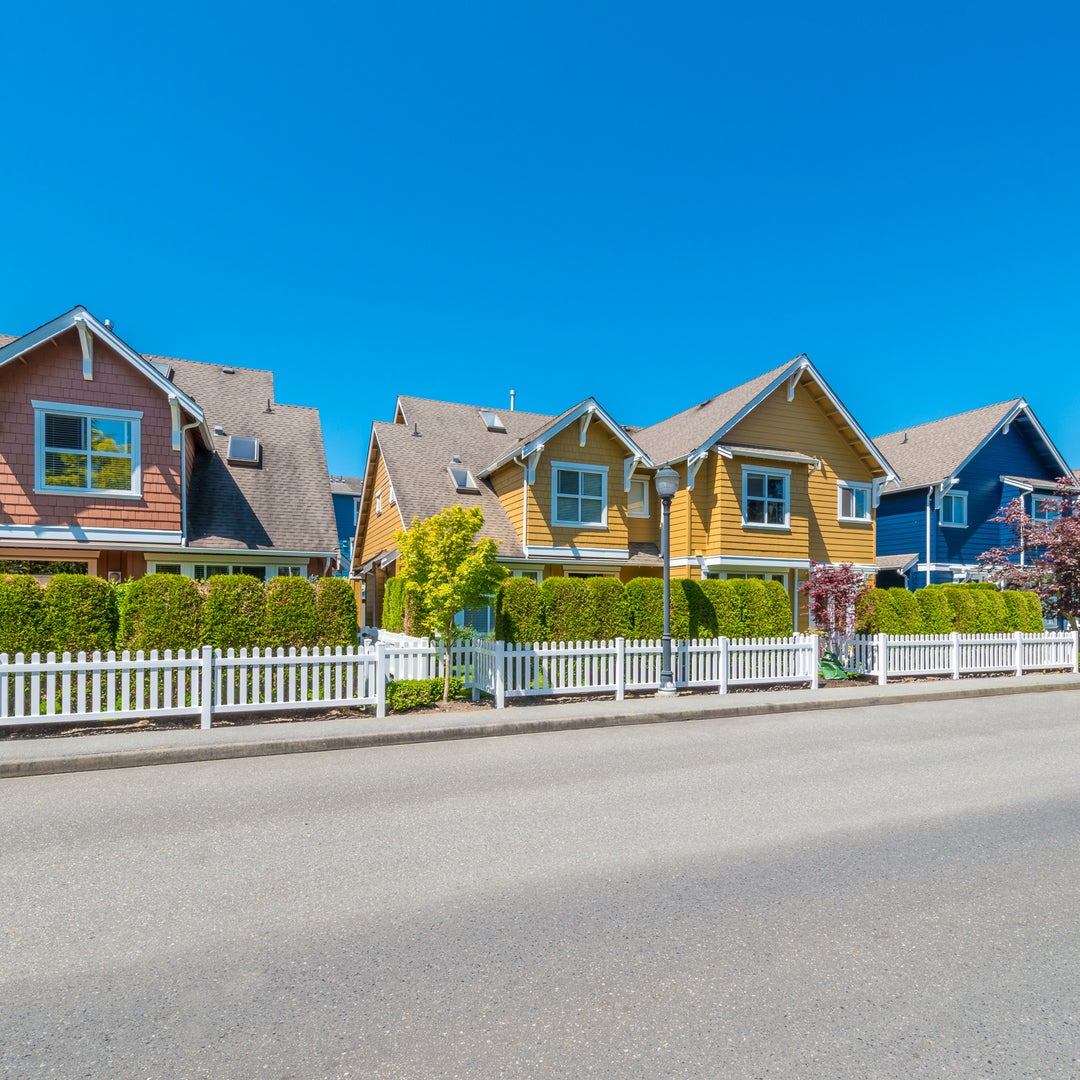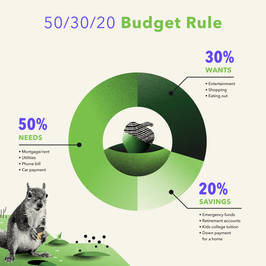10 Most Expensive Zip Codes

Most people may think of the Golden State or the Big Apple when it comes to expensive homes. But while costs there are indeed sky-high, they aren’t the only places with big housing price tags.
That’s according to the real estate website Property Shark, which used U.S. Census Bureau data to analyze residential transactions closed between January 2021 and October 2021.
Yes, California and New York figure prominently at the top of the list: Atherton, California’s 94027 ZIP code, ranked No.1 for the fifth straight year at $7.4 million. And Sagaponack, New York’s 11962, in the Village of Southampton on Long Island, landed No. 3 with $5 million.
In between is Boston’s 02199 ZIP code, part of the Back Bay neighborhood. The second-most expensive neighborhood in the country boasts a median home sale price of $5.5 million, a new record for the area.
For the first time, according to Property Shark data, no New York City ZIPs made the top 20.
Top 10 Most Expensive U.S. Zip Codes
Here are the top 10 most expensive U.S. ZIP codes, ranked by median home sale price. Each far exceeds the national median home value of $312,700.
10. Medina, Washington (98039)
Median home sale price in 2021: $4,000,000
9. Los Altos, California (94022)
Median home sale price in 2021: $4,052,000
8. Santa Monica, California (90402)
Median home sale price in 2021: $4,058,000
7. Santa Barbara, California (93108)
Median home sale price in 2021: $4,103,000
6. Beverly Hills, California (90210)
Median home sale price in 2021: $4,125,000
5. Miami Beach, Florida (33109)
Median home sale price in 2021: $4,475,000
4. Ross, California (94957)
Median home sale price in 2021: $4,583,000
3. Sagaponack, New York (11962)
Median home sale price in 2021: $5,000,000
2. Boston, Massachusetts (02199)
Median home sale price in 2021: $5,500,000
1. Atherton, California (94027)
Median home sale price in 2021: $7,475,000
A 20% home down payment would cost $1.1 million in Boston’s 02199
It’s no surprise that California and New York homes cost a lot. Of the 127 most expensive ZIPs in Property Shark’s ranking, 70% are in California and about 13% are in the Empire State. Parts of Boston, however, are gaining ground. Home values in the city jumped 4.9% over the past year, and though Back Bay missed the list in 2020 because of depressed sales activity, it reemerged this year to its highest position yet.
A traditional 20% down payment on the median 02199 home would cost you $1.1 million.
How to save on a mortgage
Even if you aren’t shopping in one of the country’s priciest places, it might feel like that right now. The hot real estate market is still sending prices through the roof and pulling eager buyers into bidding wars. Buying a home can be a major expense, especially for younger people trying to simultaneously build emergency funds, cache retirement savings, and prepare for student loans to restart.
Overall, experts suggest you don’t take out a mortgage over three times your annual household income, or that has a monthly payment more than 28% of your gross monthly income.
“The best way to save is, first and foremost, buying a home you can afford,” says R.J. Weiss, a certified financial planner in Geneva, Illinois, and founder of personal finance site The Ways to Wealth. “If you have to stretch each month to make your payment, forgo other goals such as saving and paying off debt. A mortgage can get very expensive in the grand scheme of things.”
Keep in mind that you may not need to put down 20%. The median down payment is 7.6%, and Bankrate data says lenders often ask for between 5% and 15%. Some federal mortgages require as little as 3.5%, or even zero down. Though with less money upfront, you’ll likely be on the hook for private mortgage insurance.
Even for high-earners, devoting more than 36% to 40% of income toward debt “severely restricts financial flexibility,” said Bankrate chief analyst Greg McBride. “There are worse things than renting for another year or two until your finances are on better footing.”
This material has been presented for informational and educational purposes only. The views expressed in the articles above are generalized and may not be appropriate for all investors. The information contained in this article should not be construed as, and may not be used in connection with, an offer to sell, or a solicitation of an offer to buy or hold, an interest in any security or investment product. There is no guarantee that past performance will recur or result in a positive outcome. Carefully consider your financial situation, including investment objective, time horizon, risk tolerance, and fees prior to making any investment decisions. No level of diversification or asset allocation can ensure profits or guarantee against losses. Article contributors are not affiliated with Acorns Advisers, LLC. and do not provide investment advice to Acorns’ clients. Acorns is not engaged in rendering tax, legal or accounting advice. Please consult a qualified professional for this type of service.








